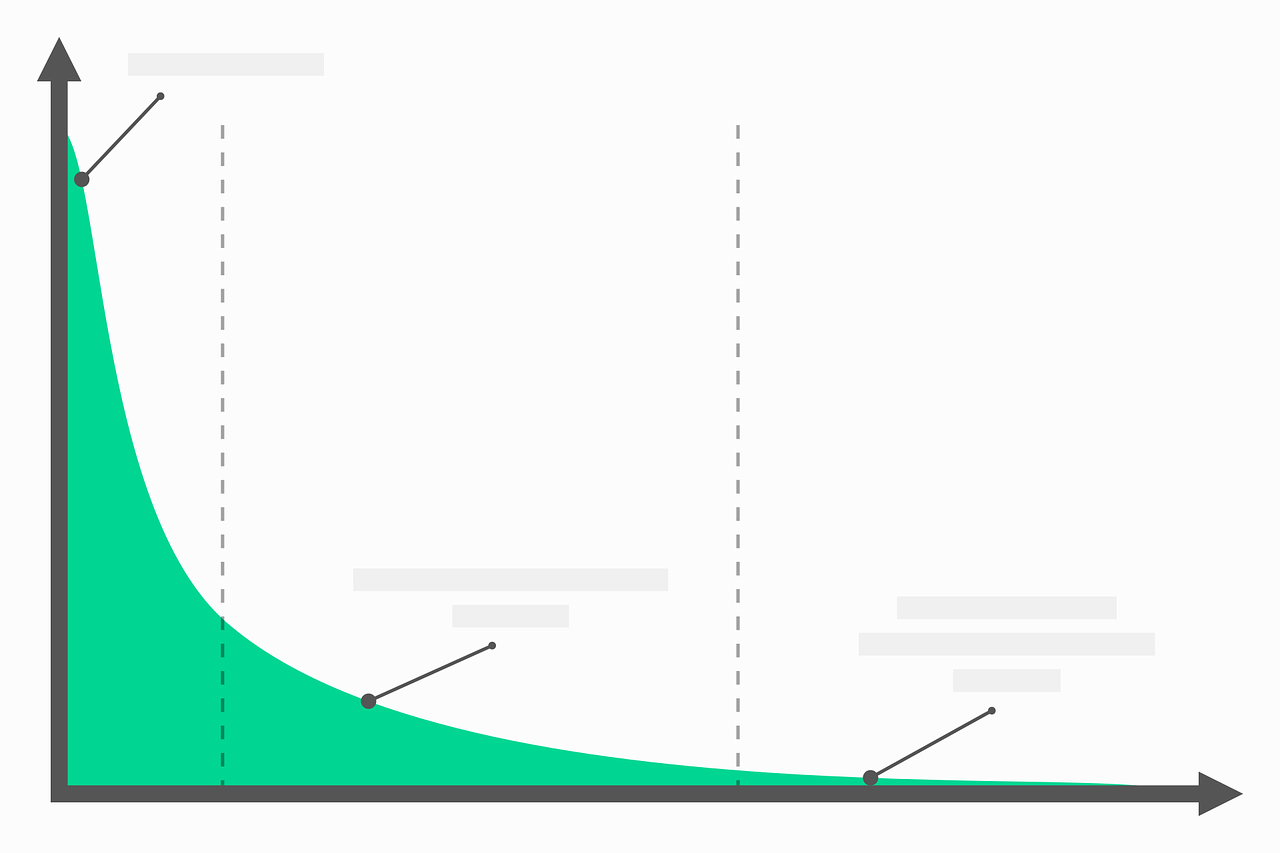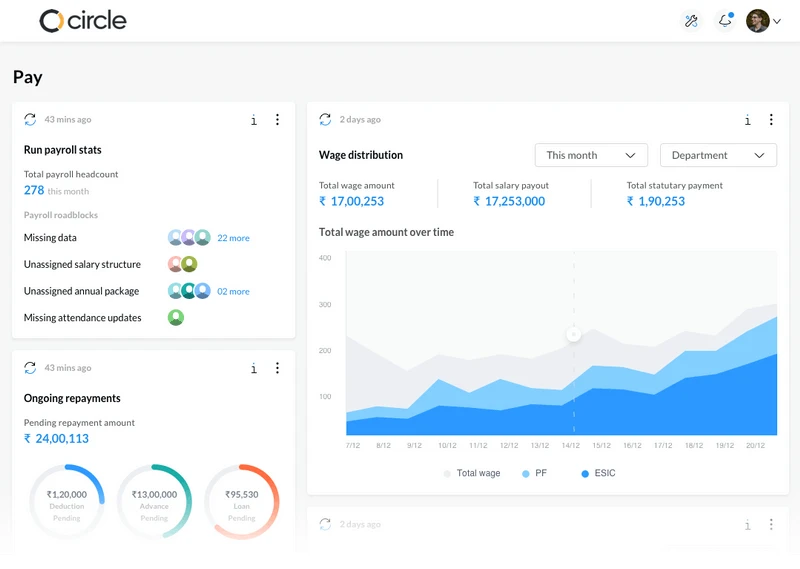Managing payroll and taxes can be complex and time-consuming for businesses of all sizes. However, by optimising payroll and tax management through effective salary structuring, companies can streamline processes, ensure compliance, and maximise financial efficiency. Better yet, what if you could manage taxes via cloud HR software? With sumHR, you can transform HR operations with our flexible and configurable HRMS!
In this blog, we will explore what it means to optimise payroll, the concept of tax management, the importance of salary structure, its components, different types of salary structures, how to calculate them, and some tips for creating an effective salary structure. Let’s begin!
What Does Optimising Payroll Mean?
Optimising payroll involves improving the efficiency and effectiveness of payroll management in an organisation. It encompasses implementing strategies and payroll software that streamline and automate payroll tasks, minimise errors, and ensure compliance with regulations.
So, why is payroll important for a business? By optimising payroll, businesses can save valuable time and resources, reduce operational costs, enhance accuracy in salary calculations, and boost employee satisfaction.
The process may include:
- adopting advanced software HR payroll software that automates calculations and deductions,
- implementing standardised payroll procedures,
- regularly auditing payroll records for accuracy, and
- staying updated with relevant tax laws and regulations.
In simple terms, optimising payroll allows businesses to focus on core operations while ensuring smooth and error-free payment processes for their employees.
What Is Tax Management?
Tax management involves the strategic and organised handling of tax-related matters to ensure compliance with tax regulations and fulfil tax obligations. It encompasses various processes such as calculating and deducting taxes from employee salaries, accurately reporting income and deductions, and timely remittance of taxes to the relevant tax authorities.
By efficiently managing taxes, businesses can minimise the risk of penalties, optimise their tax position, and maintain a good relationship with tax authorities. In other words, proper tax management is essential for maintaining financial transparency, meeting legal requirements, and ensuring the organisation’s long-term financial health.
What Is a Salary Structure?
A salary structure is a framework that defines various components and their proportions within an employee’s compensation package. It determines how much an employee earns, including base salary, bonuses, incentives, allowances, and benefits.
Salary structure is crucial in attracting and retaining talent, ensuring internal equity, motivating employees, and aligning compensation with business goals. HR roles and responsibilities put several hours into ensuring fair salary structures while dealing with talent. Although, in recent times, HR management softwares can help you with salary structure tasks easily.
What Are the Components of a Salary Structure?
It is important for organisations to carefully consider and design a salary structure that includes the following components based on industry standards, employee expectations, and the organisation’s financial capacity. Here are the basic components of a salary structure:
- Base Salary: The base salary forms the foundation of an employee’s compensation package and represents the fixed amount they receive for their regular job responsibilities.
- Allowances: Allowances are additional payments provided to employees to cover specific expenses related to their job or personal circumstances. House rent allowance or travel allowance are examples.
- Bonuses: Bonuses are discretionary payments given to employees as a reward for their exceptional performance or a share in the company’s success.
- Incentives: Incentives are variable payments directly tied to specific performance targets or achievements. They serve as additional rewards to encourage employees to meet or exceed their goals.
- Benefits: Benefits are non-monetary perks and services for employees as part of their compensation package. For example, paid vacations, leaves, and free meals.
Working with cloud HR software, you’ll find these components inbuilt to give you a headstart to build a competitive salary structure.
Types of Salary Structure
Now let’s have a look at some common types of salary structures.
- Flat Salary Structure: In a flat salary structure, employees receive a fixed salary that remains constant without any variations or additional components. This structure simplifies payroll administration as no complexities are involved in determining variable pay elements.
- Graded Salary Structure: The graded salary structure involves classifying employees into different grades or levels, each with a predefined salary range. Job title, responsibilities, experience, and qualifications determine the grade or level.
- Step Salary Structure: In a step salary structure, salary increments are based on the performance or number of years of experience or service. Employees receive predefined salary increases at regular intervals, typically annually or biannually, as they accumulate more years of experience or tenure.
- Performance-Based Salary Structure: A performance-based salary structure ties compensation directly to individual or team performance metrics. Employees earn additional pay or bonuses based on achieving specific goals, targets, or key performance indicators (KPIs).
- Skill-Based Salary Structure: In a skill-based salary structure, salary levels are determined based on the employee’s skill set, knowledge, qualifications, and expertise. This structure recognises and rewards employees for acquiring and applying specialised skills that are valuable to the organisation.
Each structure has its advantages and considerations. Organisations may combine or customise these structures to suit their needs and circumstances. If you’re confused about how to manage payroll for a small business, cloud payroll software can help.
How Is the Salary Structure Calculated?
A salary structure depends on various factors, including industry standards, job roles, market conditions, and the organisation’s financial capacity. Typically, it involves determining the base salary as a starting point and allocating additional components based on factors such as employee performance, experience, qualifications, and market benchmarks.
Human resource management often collaborates with finance and management teams to ensure the salary structure aligns with the organisation’s goals and budget.
How Online Payroll Software Helps in Salary Structuring
Managing employee salaries and structuring compensation packages can be complex for any organisation. However, with the advent of technology, online payroll software has emerged as valuable to streamline and optimise the salary structuring process. One such software that stands out is sumHR. Let’s explore how using cloud HR software can assist in salary structuring:
- Automated Calculations
Online HR payroll software can automate complex calculations involved in salary structuring. It accurately calculates taxes, deductions, allowances, and bonuses based on predefined rules and regulations. This eliminates human error and ensures precise calculations, saving time and effort for HR professionals.
- Tax Compliances
Tax management is a critical aspect of salary structuring. Cloud payroll software keeps track of tax regulations and automatically calculates taxes, including income tax, provident fund, and professional tax. It generates accurate tax reports, ensuring compliance with legal requirements and reducing the risk of penalties.
- Efficient Employee Self-Service
A cloud HRMS empowers employees with self-service portals, allowing them to access their salary details, tax information, and pay slips online. This promotes transparency and reduces the HR department’s workload, as employees can independently view and download their salary-related documents.
- Streamlined Reporting
Generating comprehensive reports related to salary structures becomes effortless with the best HR software in India. It offers various pre-built templates and customisable options to create reports on salary breakup, tax deductions, and other important financial information. These reports enable HR managers to analyse salary trends, monitor costs, and make informed decisions.
- Integration with Attendance and Leave Management
Online payroll software often integrates with attendance and leave management software. This integration ensures accurate attendance tracking, which directly impacts salary calculations. By synchronising attendance and leave data, the software provides real-time information regarding work hours and time off, minimising discrepancies and ensuring fair compensation.
Wrapping Up
Optimising payroll and tax management through effective salary structuring can significantly benefit organisations. By streamlining processes, ensuring compliance, and aligning compensation with employee performance and market standards, businesses can enhance operational efficiency, attract and retain top talent, and foster a positive work environment.
With a well-designed salary structure, companies can balance employee satisfaction and financial management, leading to long-term success. Therefore, if you’re looking for an all-in-one HR software facilitating salary structuring, choose the sumHR suite. Automate mundane tasks, streamline chaos, and elevate employee HR experiences. Explore now!








